Copyright © Wuxi Mingcheng Transmission Technology Co., Ltd. All Rights Reserved.
Google Analytics Technical Support:NSW
1. Heavy Duty Power Transmission Belt
Material preparation with flakers or chippers requires high inputs of energy if chips of consistent quality are to be manufactured. This constancy of chip quality has a direct effect on subsequent board properties, making it of crucial importance for the production of wooden boards.
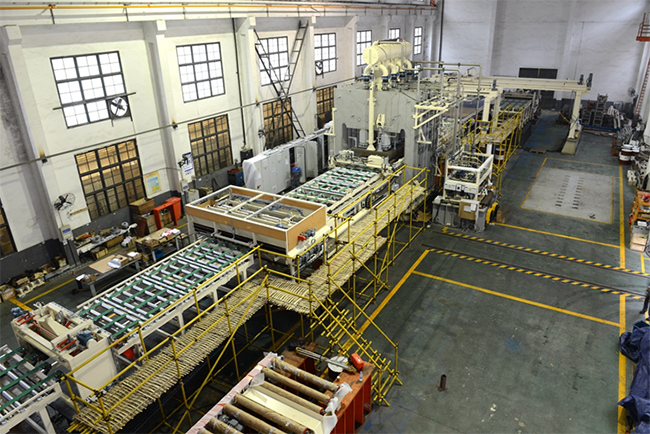
2. Bin Bottom Belt
Bin bottom belts are used at various process stages in the manufacture of wood based panels: in large wet-fiber bins and chip silos upstream from the dryer, as well as in connection with buffering of dried chips, in dosing bins used in connection with gluing, and as a vital part of the forming line in spreader bins.
Technical Requirements of the belts
Bin bottom-belts need to have high lateral stiffness and thickness accuracy. To prevent adhesion to the belt, the surface requires good release properties. When used in wet-fibre bins and chip silos, high surface loads and (in outdoor situations) weather conditions must also be taken into account.
Additional functions require other specific belt properties. Where belts are used for check-weighers, utilized in connection with gluing, strict compliance with thickness and weight tolerances is crucial. When conveying dry chips/fibers, belts can be fitted with longitudinal profiles for lateral-sealing purposes.
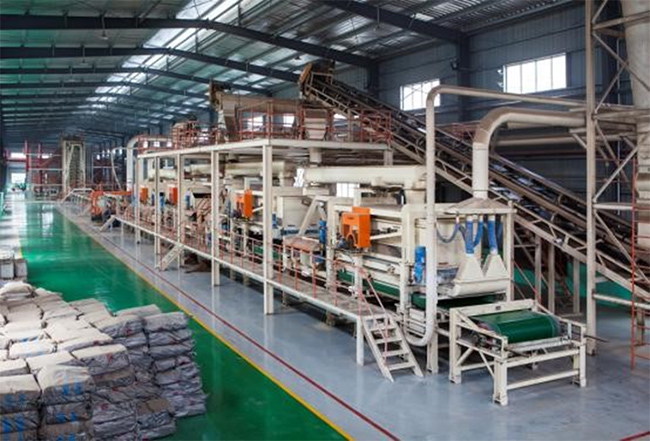
3. Forming Belt
Forming or spreader belts are a major factor affecting the quality of composite wooden boards to be manufactured. On the forming belt, the fibers or chips supplied by the forming machines are shaped into a mat of (as close as possible to) the precise thickness and weight required, and are fed into the pressing process.
Technical Requirements of the belts
Modern forming belts are far more than merely conveyor belts. As components that influence quality, they need to ensure low tolerances with regard to thickness and weight (this includes the splice area).
Despite the many chemical components in wood material, in glue and in sprayed release agents, chemical resistance must be ensured. Even after a lengthy operating period, there must be no chips adhering to the surface. In order that nosebars can be used, high lateral stiffness and flexible splices are required.
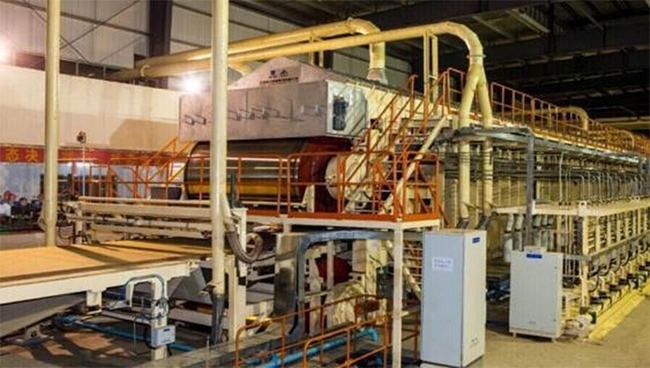
4. Ventilation Belts
Efficient ventilation of the spread fiber mat or chip mat is a major factor affecting the quality of wood based panels to be manufactured. It prevents air pockets forming in the board that could lead to quality issues. Pre-compression of fiber mats or chip mats must be effective and such that sufficient air escapes from the belts over a relatively short distance without lateral expulsion of the wood material occurring.
Technical Requirements of the belts
Ventilation belts are always fabric belts, i.e. they have a permeable structure. The mesh size used needs to be tailored to the wooden material in a given case so as to achieve an ideal compromise between
ventilation performance and chip geometry. Copper or carbon threads woven in the polyester yarn make the belt highly conductive and prevent electrostatic build-up. There is no risk of critical fire safety situations.
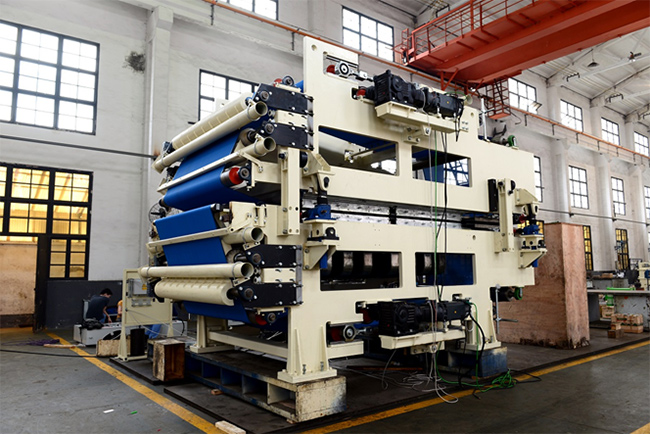
5. Pre-press Belts
Modern plants for wood-based products are equipped with continuous pre-presses that pre-compress and ventilate the spread fiber mats or chip mats before these mats are conveyed to the main press. During pre-compression between several successive pairs of rollers, much of the air contained in the fiber mat is expelled. To prevent the fiber mat being subject to a spring-back effect, a pre-press belt conveys it through the pre-press while also holding the mat together in a compressed state.
Technical Requirements of the belts
So that the fiber mat can be compressed and held together, pre-press belts must be extremely strong; they therefore require a highly modular tension-member structure. To ensure the surface of the pre-compressed
boards is of high quality, low-wear belt coatings with good release properties are required.
Other fundamentally important characteristics are marking-free, reliable and durable splicing technology, as well as being able to use a perforated
upper pre-press belt to aid mat ventilation.
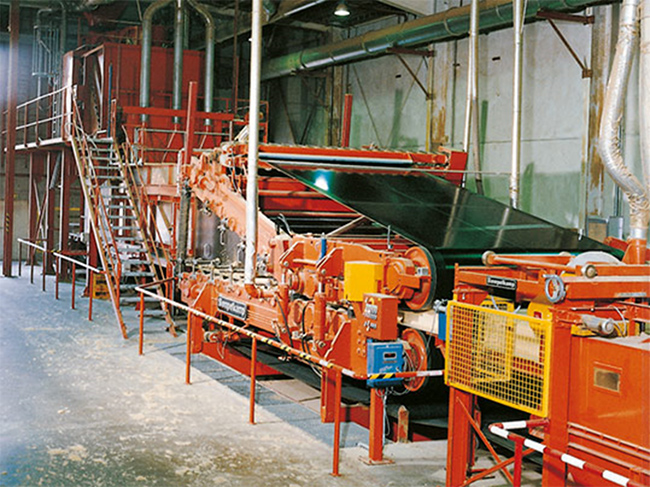
6. Press Outfeed Belt
As it exits the continuous press, the continuous ribbon of board is transferred to press discharge belts that feed it to the crosscut saw. Press discharge belts usually run as a group of belts (several narrow belts arranged parallel to each other).
Technical Requirements of the belts
The chief requirement for these belts, which move only horizontally, is reliable, skid-free conveyance of the boards to ensure their exact positioning.
Good heat stability is required because of the close proximity to the continuous press and the fact that the temperature of the boards is still very high at this point.
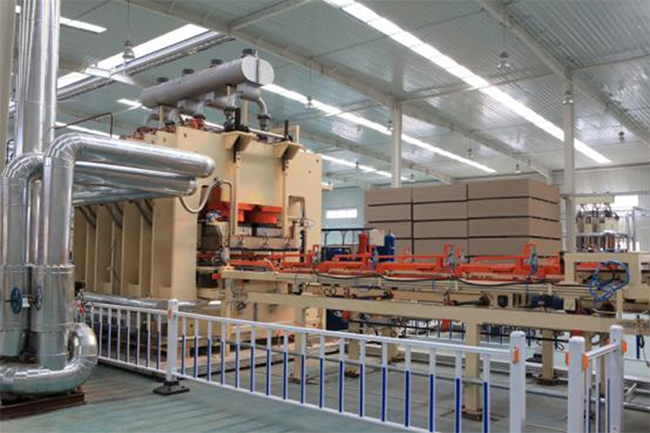
7. Board Conveying / Stacker Belts
In plants making wooden panels, it is generally robust conveyor belts or heavy live roller conveyors that are used for moving boards and board stacks. Use is often also made of plastic modular belts for conveying pallets.
Technical Requirements of the belts
Of particular importance in the (chiefly horizontal) conveyance of boards and board stacks are reliable, skid-free conveyance and exact positioning of the stack.
Conveyor belts also need to be extremely robust, as the board stacks are transferred to heavy industrial trucks.
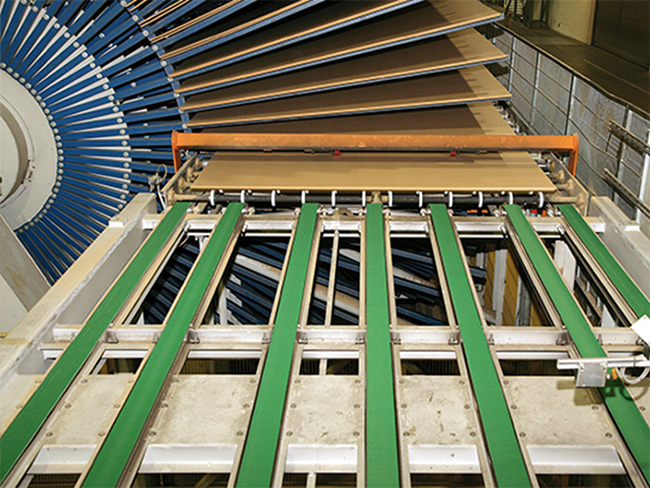
MINSEN is a conveyor belt manufacturer. The company is located in Wuxi, located on the beautiful shore of Taihu Lake, east of Shanghai-Nanjing Expressway, north of Beijing-Shanghai High-speed Railway, only 10 minutes from Wuxi Airport.

The substrate belt belongs to the plane high-speed transmissionbelt. Usually, the substrate belt has a base layer of nylon in the middle, andthe surface is covered with rubber, cowhide and fiber cloth. It is divided intorubber nylon sheet base band and cowhide nylon sheet base band.

Product Name:timing belt Material:Pu, rubber Color:white, black Specification:customized Processing and customization:Yes. Application:mechanical manufacturing.

Product Name:timing belt Material:Pu, rubber Color:white, black Specification:customized Processing and customization:Yes. Application:mechanical manufacturing.